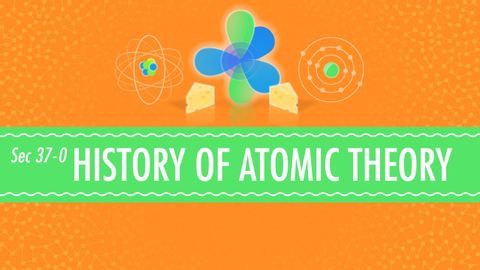 この条件に一致する単語はありません
この条件に一致する単語はありませんUS /ˈpɑzɪtɪv/
・
UK /ˈpɒzətɪv/
- adj.肯定的な;確実な;電気のプラス極;よい;陽性の;楽観的な;正の;ポジ
- n.ポジ
- v.t./i.突撃する;請求する;充電する;責任を課す;告訴する
- n. (c./u.)突撃;請求料金;電荷;料金;責任;指示;熱意;告訴
US /ˈθiəri, ˈθɪri/
・
UK /ˈθiəri/
US /ˈpɑrtɪkəl/
・
UK /ˈpɑ:tɪkl/
エネルギーを使用
すべての単語を解除
発音・解説・フィルター機能を解除
